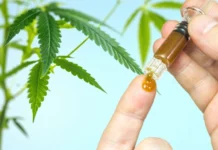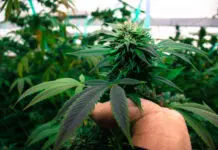Public perception of cannabis has undergone a seismic shift over the past five years. Where once this illicit drug was the calling card of the lazy and unambitious, it is now marketed as a contributor to a healthy lifestyle.
A portion of this shift was initiated at the grassroots level; long-time enthusiasts have long championed the destruction of traditional, unfair stereotypes while providing anecdotes of cannabis’ medicinal value. But the relocation of insider knowledge from the fringe to the mainstream is just one of the factors that have so dramatically changed the public’s perception of the substance.
The scientific community has also played a sizable role in this shift. As cannabis has become more accessible, either through full legalization, as in Canada, or by legalization for medical use, as in some states in the US, the number of studies dedicated to assessing cannabis’ value as a medicinal treatment has increased exponentially. While it will take years before data can conclusively demonstrate efficacy for a spectrum of conditions, many early signs have been positive.
The final, and perhaps most influential force pushing the new perception of cannabis, is the companies most directly involved in the nascent industry. Sometimes its producers, other times sellers, other times marketers. But the entities involved in the industry have prioritized connecting their product with a healthy lifestyle.
The motivation of these companies is clearly the most self-serving factor at play; eliminating the stigma of cannabis and encouraging young, healthy people to incorporate it within their day to day is good for business. But that doesn’t mean their positioning of cannabis is entirely in bad faith.
Indeed, these marketing initiatives draw upon the anecdotal claims originating at the grassroots level, then seek to validate them with scientific investigation, for the ultimate purpose of appealing to a segment of the population that may, thus far, consider cannabis detrimental to a healthy lifestyle.
Inroads to the health world
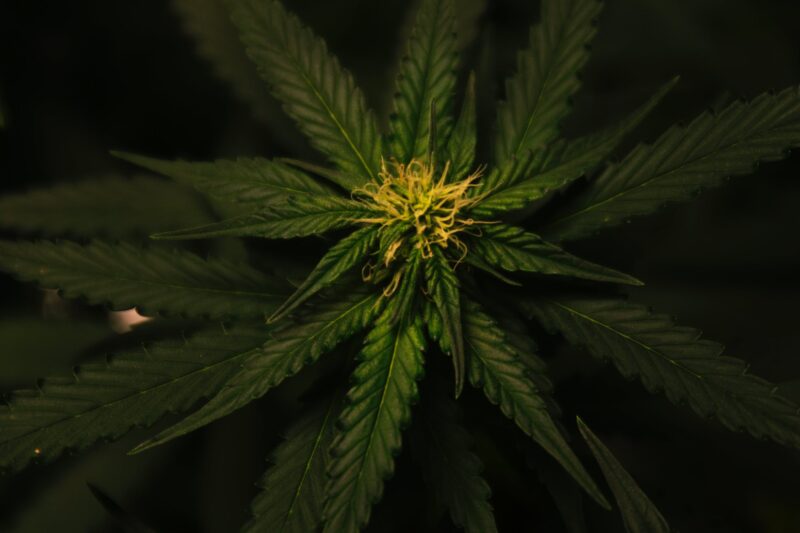
It wasn’t long ago that terms like terpenes and cannabinoids sounded like Greek to all but a select few. But slowly, industry terms have bled into the mainstream consciousness, and no word is more prevalent than CBD.
CBD was the first bridge to healthy living. Even when most people didn’t understand what it was (and, granted, many still don’t), it became an acronym associated with positive health.
Trouble sleeping? CBD oil might help. Feeling anxious? CBD is good for that. Pain in the joints? CBD!
Despite CBD being part of the cannabis flower, it is easy to disassociate from the taboo aspects of the culture. This essentially boils down to the fact that CBD is non-psychoactive, and can be isolated from the mind-altering THC cannabinoid, which is more tightly bound to the negative stereotypes.
But CBD was merely the harbinger of cannabis as a health product. More and more, irrespective of a product’s THC content, products are being pushed as a healthy choice.
Integration with athletics and active living

More recently, the shift from taboo to health products has intensified of late. On the heels of CBD’s mainstream acceptance as a treatment for a variety of conditions, cannabis is now being marketed as a health product for those without health problems. Specifically, it’s being positioned as a companion to the fit and active.
Rather than being told smoking a joint can help with chronic pain or alleviate anxiety, cannabis is currently being positioned as something healthy people can use to become healthier. Specifically, it’s being marketed as a physical performance enhancer.
Much like protein supplements, energy drinks, and multivitamins, cannabis is now being presented as an essential tool for athletes and gym-goers to improve their physical output and hasten recovery.
Brands based around the cannabis-athlete connection
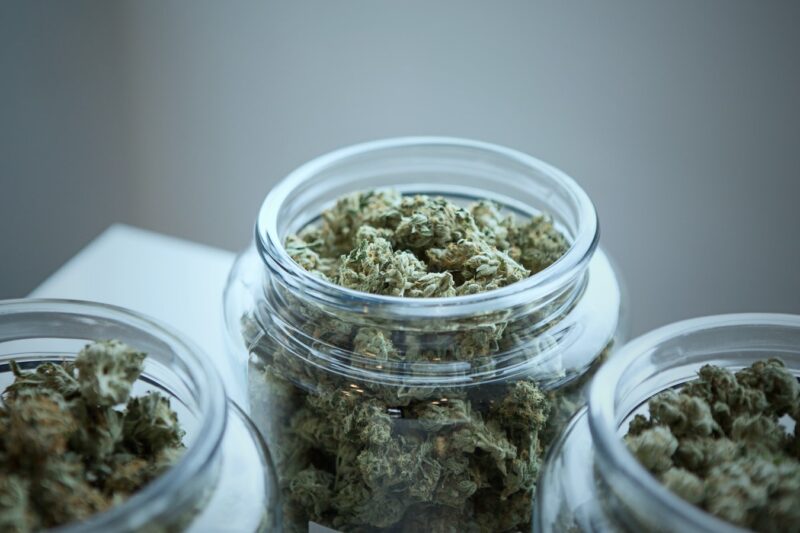
What’s most interesting about the focus cannabis companies have put on the athletic community is that it’s not simply an afterthought, or a due diligence effort to address a wider market. There are numerous companies that focus entirely on this demographic, a trait more common among newer brands than older ones.
Gallery Brands is one such example. This Canadian cannabis company is the umbrella brand for four sub-brands – Blessed, FLIR, Calla, and Little Farma – and to varying degrees, each of these brands is marketed to active people. The Blessed brand, which is most aggressively positioned as a workout product, carries the slogan “Train. Treat. Repeat.”
The goal of such companies is to make their products comparable to those protein supplements and energy drinks that are so ubiquitous. Achieving this goal would mean selling products to a larger cross-section of buyers than just cannabis users; this new group includes athletes and active people looking for completely separate products that simply happen to contain cannabis.
Does science match marketing?
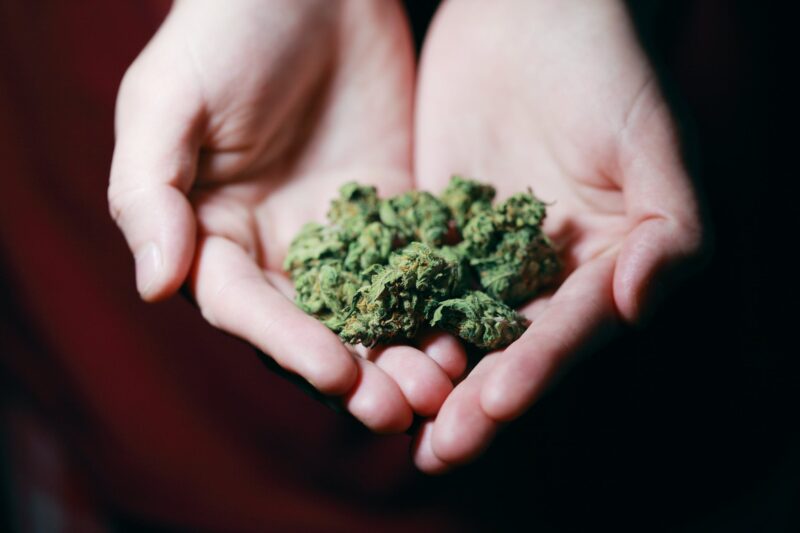
Yes and no. When it comes to ‘proof’ of providing health benefits, the ground upon which the research is founded is a little shifty. That’s not to say it isn’t accurate or valuable, only that it’s not certain.
The main issue is simply the lack of studies committed to cannabis. While the dedication of scientific research to the topic has grown immeasurably over the past decade, funding remains relatively limited. This is likely to change as legality spreads across international borders, but for now, medical claims are rarely verifiable.
To reiterate, unverifiable does not mean erroneous or bogus. Some studies strongly suggest cannabis can be a valuable treatment option for numerous conditions, both mental and physical. But the operative word is “suggest.”
This is why companies like Gallery Brands don’t go so far as to say their products are ‘proven to’ stimulate energy or speed up recovery time. Those products may work; anecdotal evidence may corroborate that they work; there may be third-party studies that suggest they work – but proof to the point of certainty is lacking.
The future of cannabis marketing

The cannabis industry’s new focus on promoting its collective product as a component of healthy, and indeed, athletic, living, is likely to intensify. As new studies paint a positive picture and mainstream knowledge and acceptance continue to grow, cannabis as a ‘healthy’ ingredient will become a common concept for all sorts of products.
One obstacle is prohibition by major sports leagues. So long as these prohibitions remain in places it will hamper the marketing efforts of those trying to tie together cannabis and sports. But, should broader legalization promote broader acceptance among the athletic community, it would not be shocking to see major sports figures promote health-facing cannabis products.






